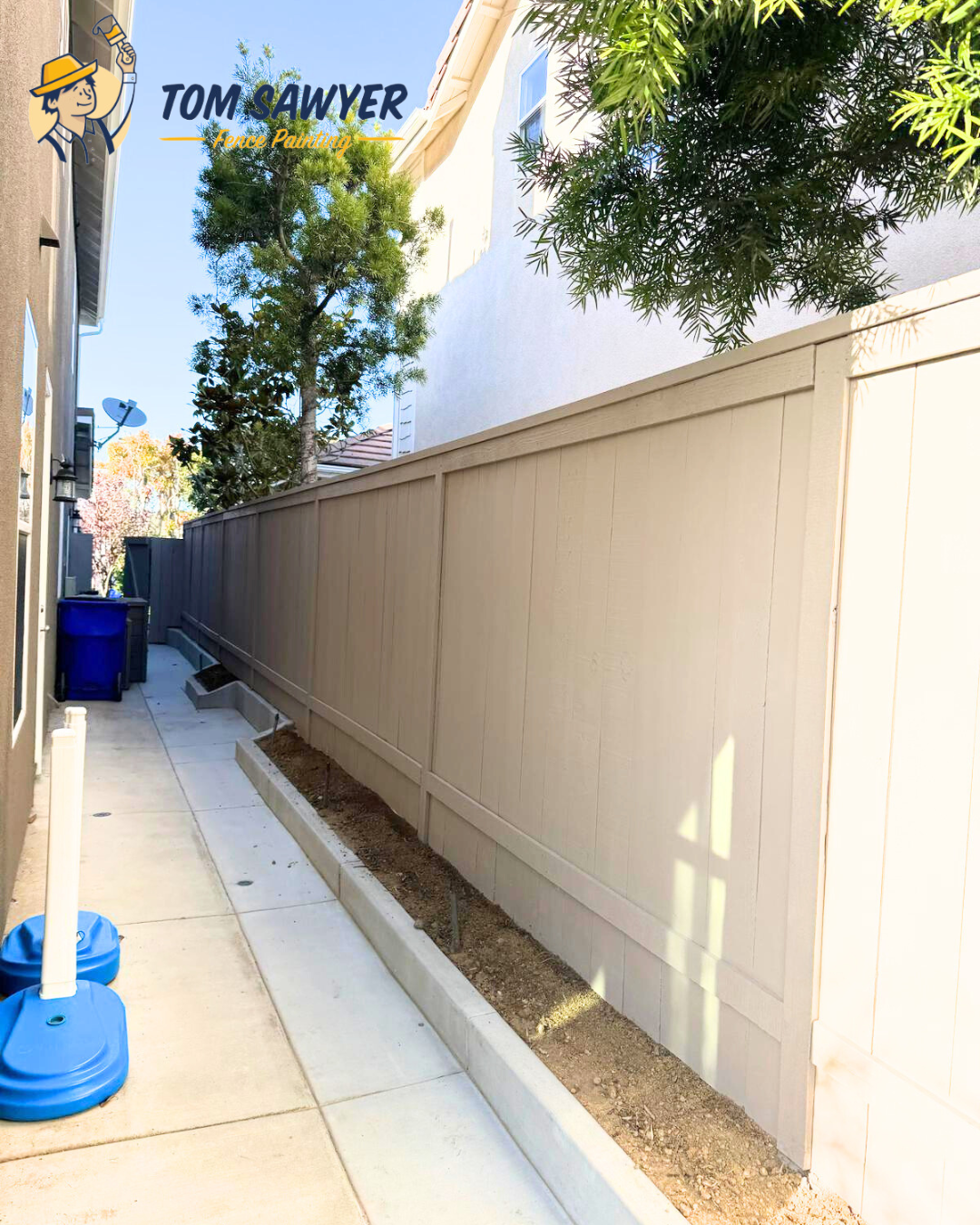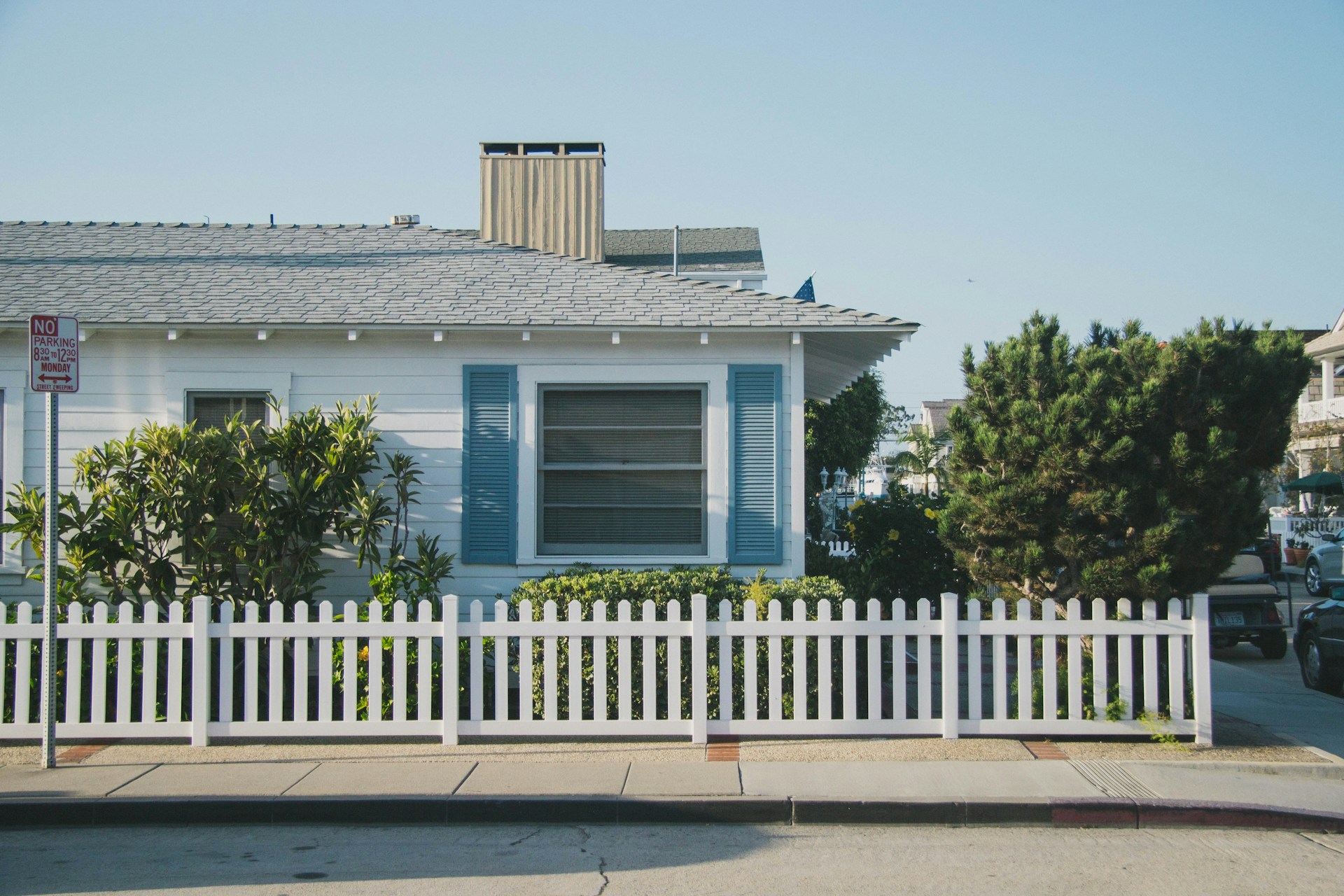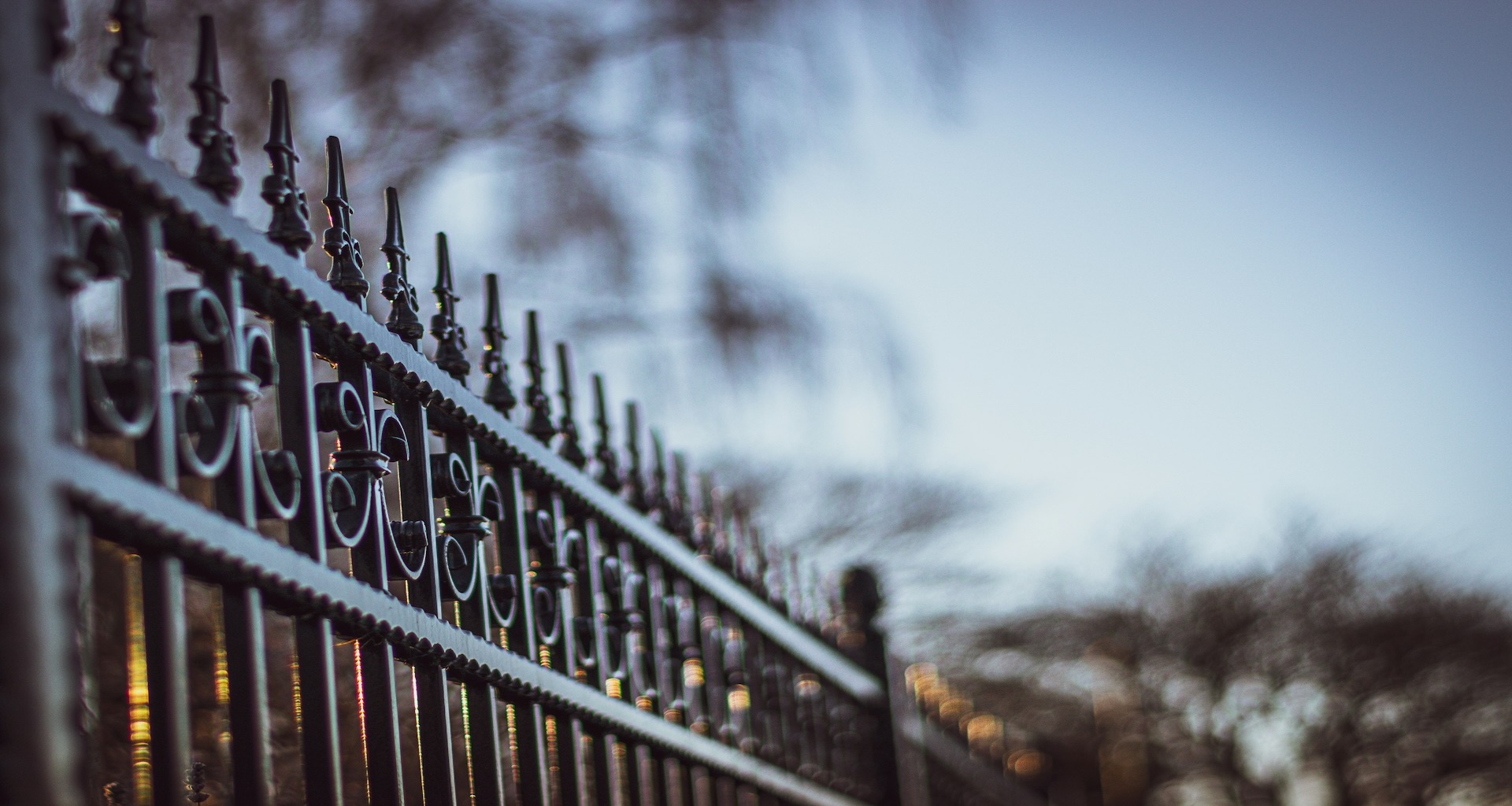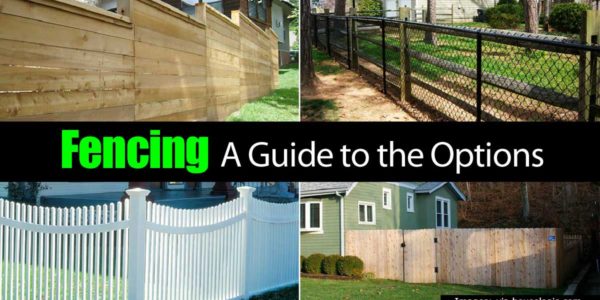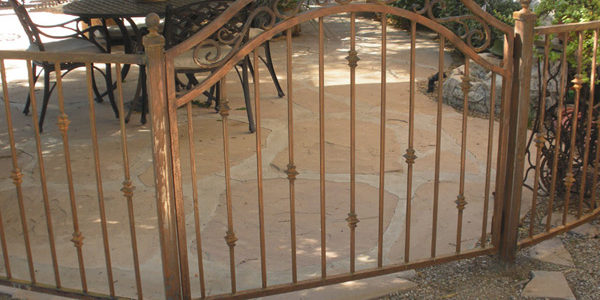Vinyl & MWF Steel Fence Painting in San Diego: Complete Guide
Fences define the look of a property, but over time even durable vinyl fences and MWF steelfences can fade, discolor, or ...
Read MoreTom Sawyer Fence Painting: How to Choose the Right Painting Contractor
Choosing the right painting contractor can feel like a puzzle. But getting it right will save youtime, money, and headaches later. ...
Read MoreHow to Pick the Right Product for Your Project
A Smart Guide from Tom Sawyer Fence Painting When you’re choosing a product to stain or paint your deck, patio, or ...
Read MoreStain vs. Paint: What’s Right for Your Fence?
Choosing between staining and painting your fence might seem like a simple aesthetic decision. But the right choice goes much deeper—literally. ...
Read MoreHow to Choose the Right Fence Paint for California Weather
Protect your fence from San Diego’s sun, heat, and moisture with the right paint. Learn expert tips to boost curb appeal and durability year-round.
Read MoreIron Railings for Oceanside Staircases: Beauty Meets Safety
Discover the perfect blend of beauty and safety with iron railings for Oceanside staircases. Learn why they're the ideal choice for coastal homes.
Read MoreFencing: A Guide to the Options
When shopping for a fence, you need to consider everything from style to function to how much maintenance it’ll require. If ...
Read MoreIron Fence: Replace or Repair?
A metal fence is a durable, secure option. While it doesn’t provide privacy, it can physically keep out intruders and protect ...
Read MoreVinyl vs. Wood
When it comes time to replace your old fence or put one up for the first time, you may wonder whether ...
Read More

